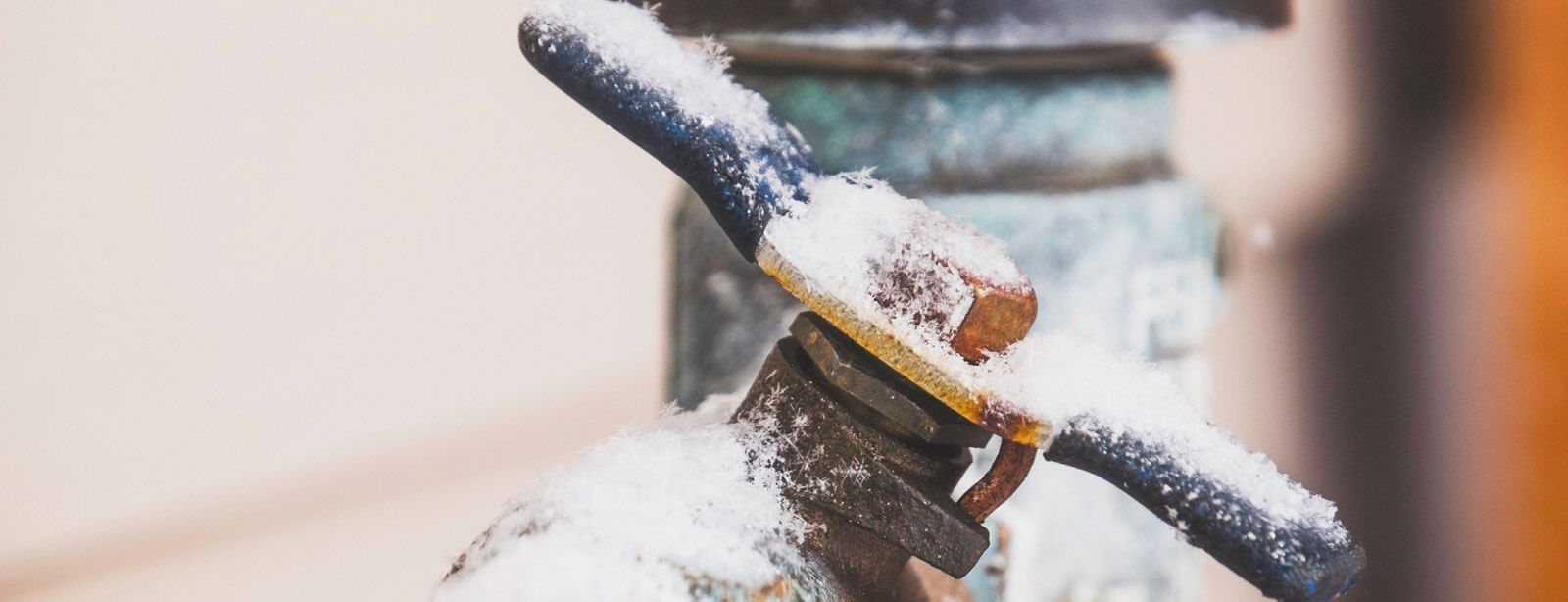Prevent Frozen Plumbing in Cold Weather: Professional Tips
Prevent Frozen Plumbing in Cold Weather: Professional Tips
Blog Article
We have stumbled on this article pertaining to Helpful Tips to Prevent Frozen Pipes this Winter down the page on the net and thought it made perfect sense to write about it with you in this article.
.jpg)
Winter can damage your plumbing, particularly by freezing pipes. Below's just how to stop it from occurring and what to do if it does.
Intro
As temperature levels decline, the danger of frozen pipelines rises, possibly causing costly repair services and water damages. Understanding just how to prevent frozen pipes is essential for home owners in cold environments.
Understanding Frozen Pipelines
What triggers pipelines to ice up?
Pipes freeze when revealed to temperatures below 32 ° F (0 ° C) for extended durations. As water inside the pipelines freezes, it broadens, putting pressure on the pipeline walls and potentially triggering them to rupture.
Dangers and problems
Icy pipelines can bring about supply of water interruptions, property damages, and pricey fixings. Ruptured pipelines can flooding homes and create considerable architectural damages.
Signs of Frozen Pipeline
Identifying icy pipelines early can avoid them from rupturing.
How to recognize frozen pipes
Look for decreased water circulation from faucets, uncommon smells or noises from pipelines, and visible frost on exposed pipelines.
Avoidance Tips
Shielding prone pipelines
Cover pipelines in insulation sleeves or use heat tape to safeguard them from freezing temperatures. Focus on pipes in unheated or exterior locations of the home.
Heating techniques
Keep indoor areas appropriately heated, specifically areas with plumbing. Open up cabinet doors to enable warm air to distribute around pipes under sinks.
Securing Outdoor Pipes
Garden pipes and outdoor faucets
Separate and drain yard tubes before wintertime. Install frost-proof spigots or cover exterior taps with insulated caps.
What to Do If Your Pipelines Freeze
Immediate activities to take
If you suspect frozen pipes, maintain taps open up to alleviate stress as the ice melts. Utilize a hairdryer or towels taken in warm water to thaw pipelines slowly.
Long-Term Solutions
Structural adjustments
Think about rerouting pipes away from exterior walls or unheated areas. Add additional insulation to attics, basements, and crawl spaces.
Upgrading insulation
Invest in top quality insulation for pipes, attics, and wall surfaces. Correct insulation aids preserve constant temperatures and reduces the threat of icy pipes.
Conclusion
Avoiding frozen pipelines needs aggressive actions and quick responses. By recognizing the reasons, signs, and safety nets, house owners can protect their pipes throughout cold weather.
6 Proven Ways to Prevent Frozen Pipes and Protect Your Home
Disconnect and Drain Garden Hoses
Before winter arrives, start by disconnecting your garden hoses and draining any remaining water. Close the shut-off valves that supply outdoor hose bibs and leave the outdoor faucet open to allow any residual water to drain. For extra protection, consider using faucet covers throughout the colder months. It’s also important to drain water from any sprinkler supply lines following the manufacturer’s directions.
Insulate Exposed Pipes
Insulating your pipes is an effective way to prevent freezing. Pipe insulation is readily available at home improvement stores and is relatively inexpensive. Pay close attention to pipes in unheated areas such as the attic, basement, crawl spaces, or garage. Apply foam insulation generously to create a buffer against the cold. You can also wrap your pipes in heat tape or thermostat-controlled heat cables for added warmth.
Seal Air Leaks
Inspect your home for any cracks or openings that could let in cold air. Seal any holes around the piping in interior or exterior walls, as well as the sill plates where your home rests on its foundation. Additionally, make sure to keep your garage door closed unless you’re entering or exiting. Leaving it open creates a significant air leak that can lead to frozen pipes.
Allow Warm Air Circulation
During cold snaps, it’s essential to allow warm air to circulate evenly throughout your home. Leave interior doors ajar to promote better airflow. Open kitchen and bathroom cabinets to help distribute heat consistently around the rooms. If you have small children or pets, be sure to remove any household chemicals or potentially harmful cleaners from open cabinets for safety.
Let Faucets Drip
A small trickle of water can make a big difference in preventing ice formation inside your pipes. When temperatures drop significantly, start a drip of water from all faucets served by exposed pipes. This continuous flow helps prevent the water from freezing. Additionally, running a few faucets slightly can relieve pressure inside the pipes, reducing the chances of a rupture if the water inside does freeze.
https://choateshvac.com/6-proven-ways-to-prevent-frozen-pipes-and-protect-your-home/

We were brought to that report about How to prepare your home plumbing for winter weather from a good friend on a different web page. Are you aware of another individual who is in the market for the topic? Do not hesitate to promote it. Thank you so much for taking the time to read it.
Call Today Report this page